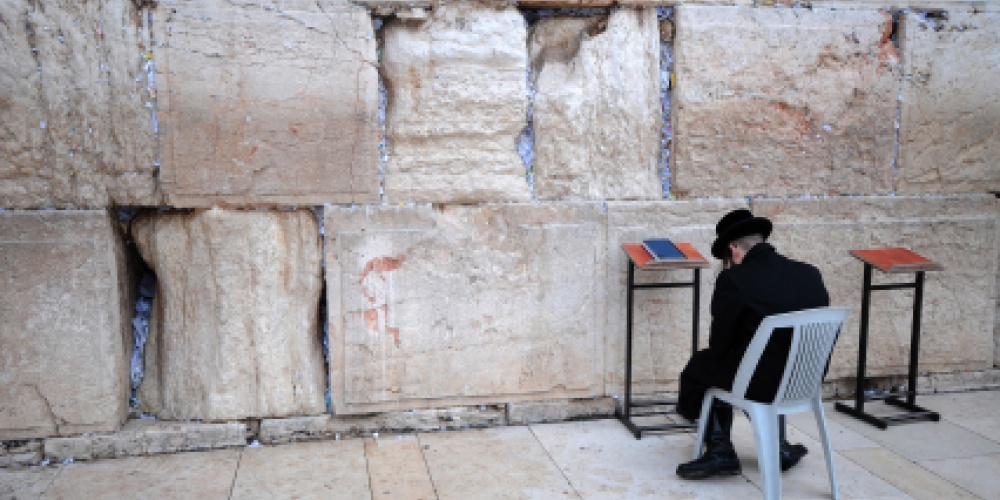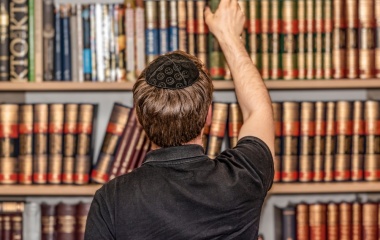
The Gemara (Brachot 27a), in discussing the propriety of making an “early Shabbat”, records that Rav Yirmiya davened just behind his teacher, Rav, on Friday afternoons while Rav was reciting the prayers for Shabbat. The Gemara questions how he could do so, as it was Rav himself, the founder of the great academy in Sura, who taught that it is inappropriate to daven next to or behind one’s teacher.
Rashi explains that to do so is a violation of yuhara, religious arrogance, with the close proximity implying that one is equal to his teacher, whereas one must show more deference. (Perhaps this is the basis of the custom that rabbis daven in a separate “section” of the shul).
Coming from a completely opposing perspective, Tosafot explains that davening behind one’s rebbe appears as if one is bowing down to one’s teacher – something we must only do to G-d.
This debate offers an important insight into our relationship to our mentors. Rashi is concerned that we don’t treat them with enough honour, and Tosafot worries lest we display too much honour. Of course both are correct. We must revere our teachers; we are not their equals, yet at the same time, we must not deify them. They are not infallible, and can and should be questioned.
It is fascinating how the same action can be interpreted by some as offering too much respect and by others as not offering enough. A similar “debate” plays out in the contemporary classroom, where teachers often have to weigh whether it is appropriate to create a degree of distance, or to be “one of guys”. This is surely an area where one can say, to paraphrase the last mishna in Menachot, “Whether one does this way or that way, provided one acts for the sake of heaven”.



